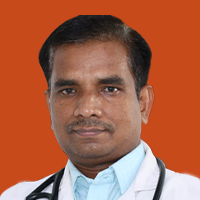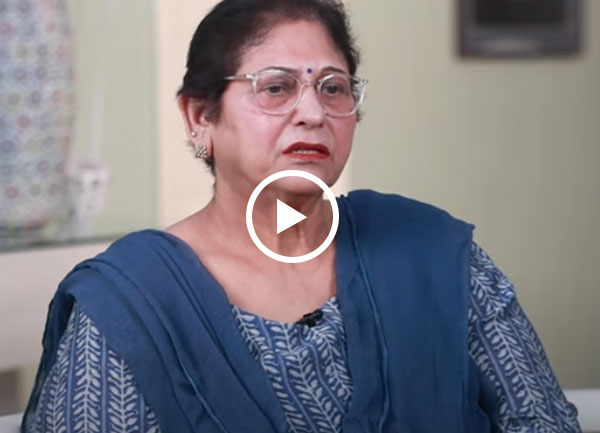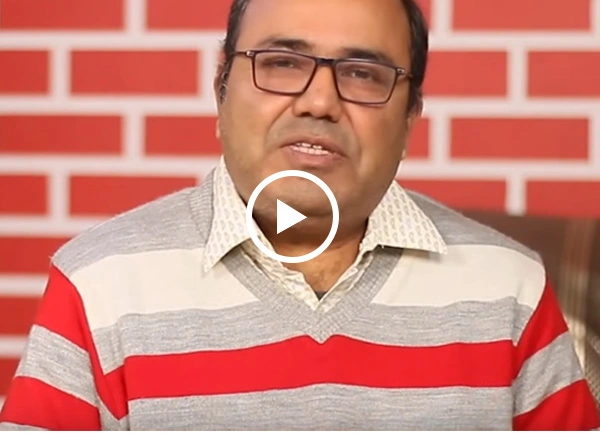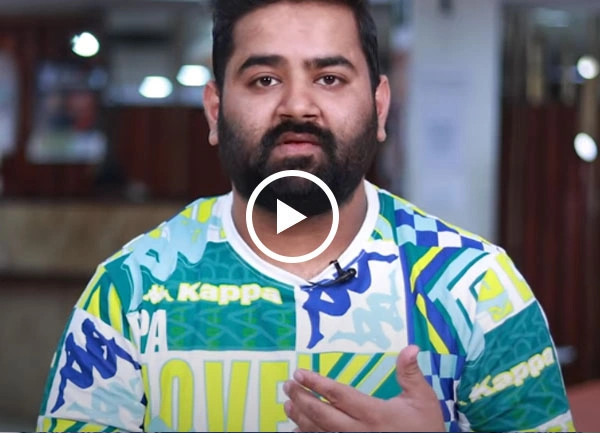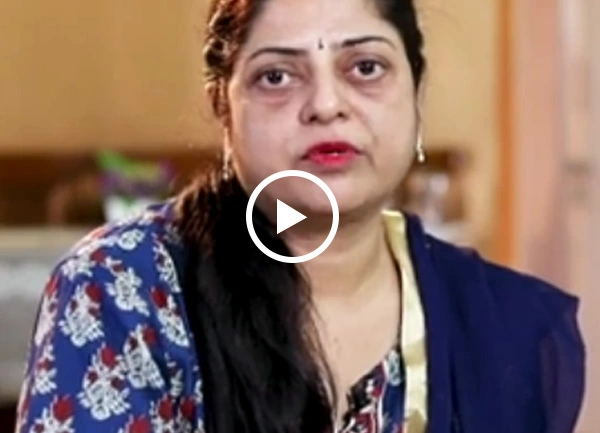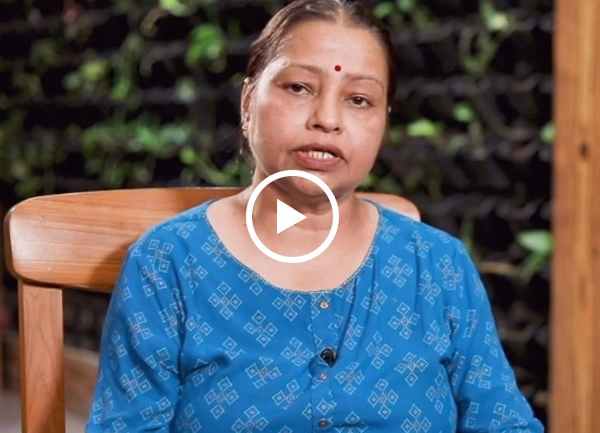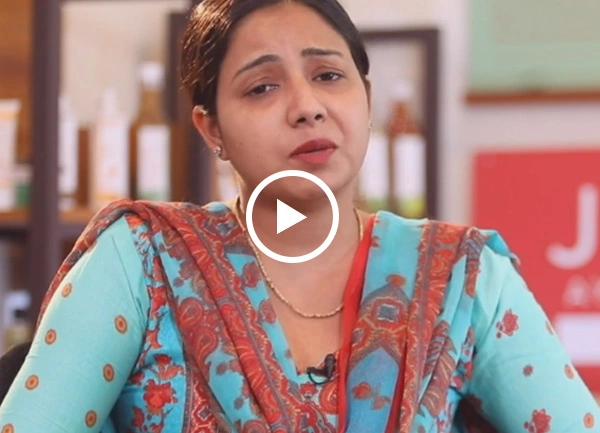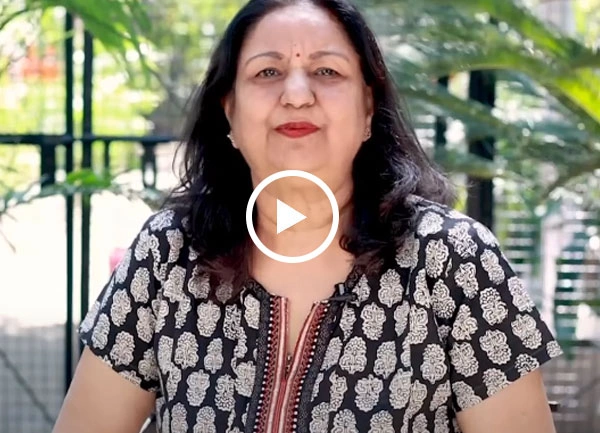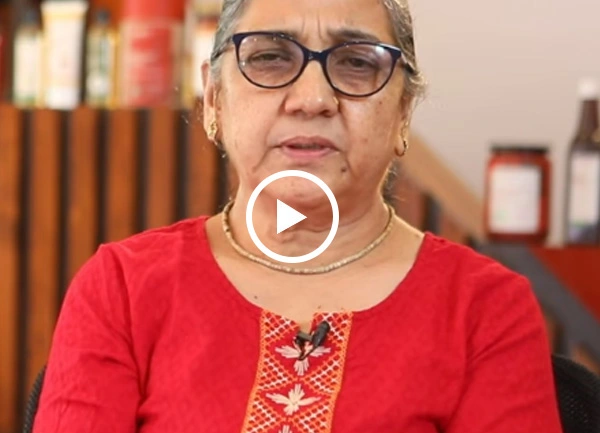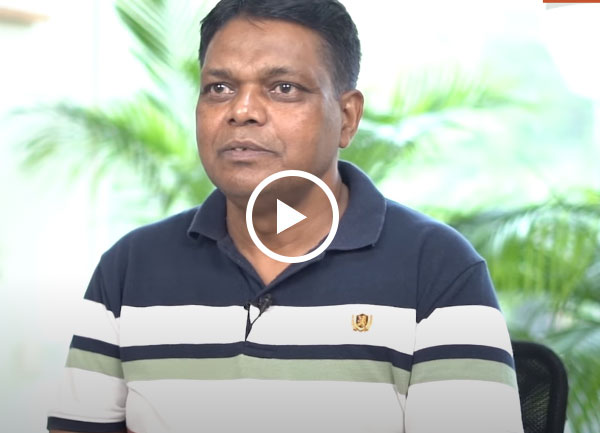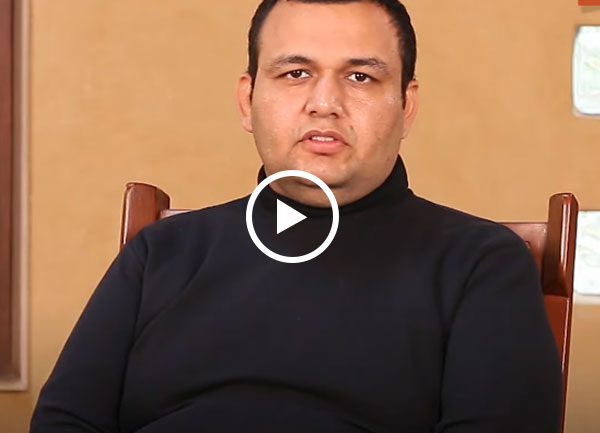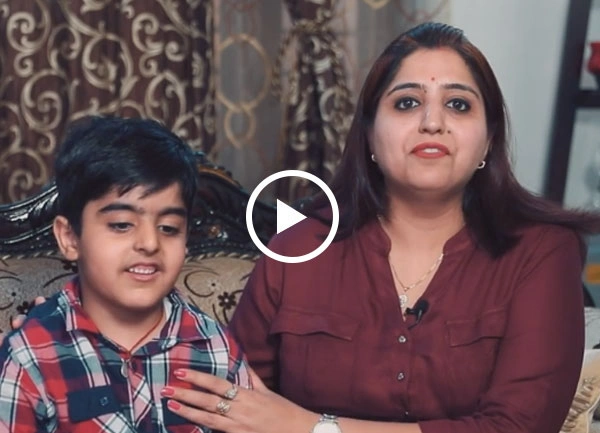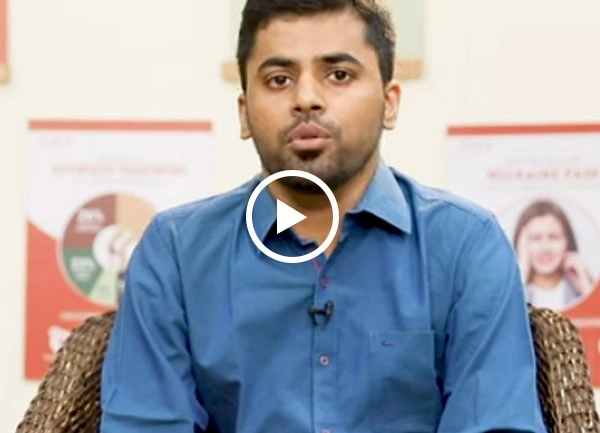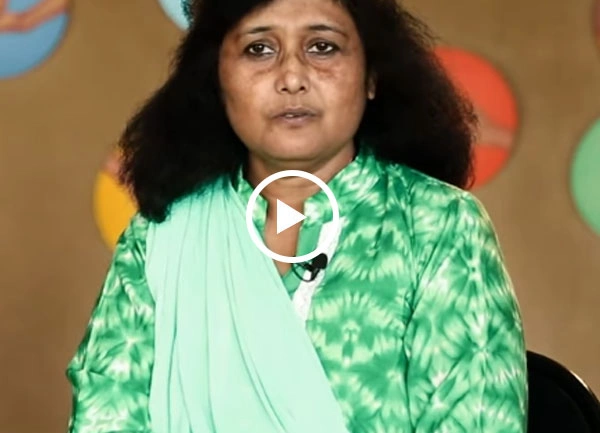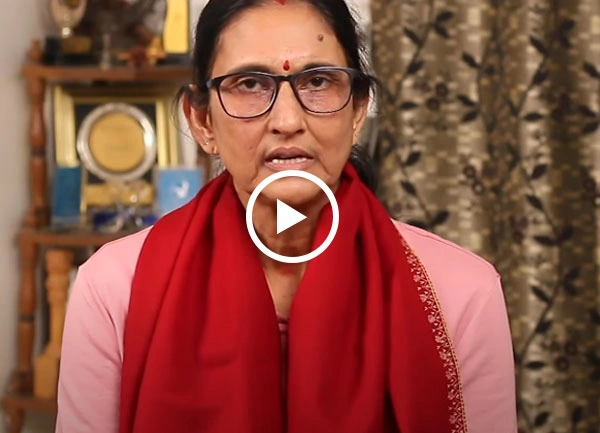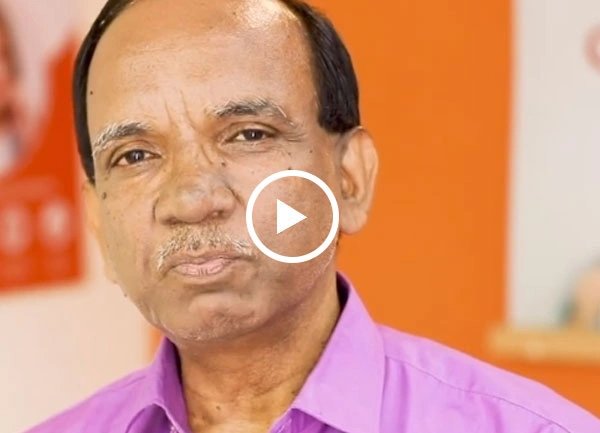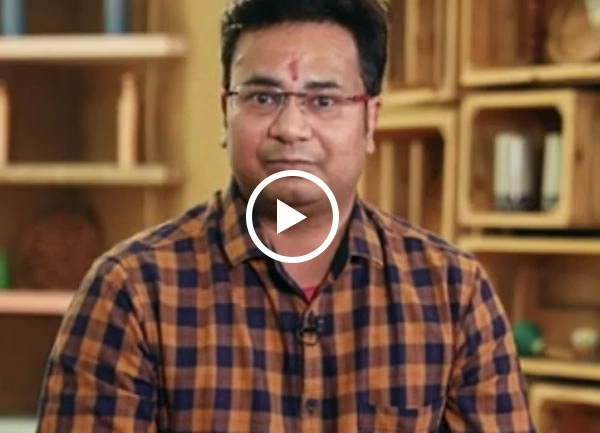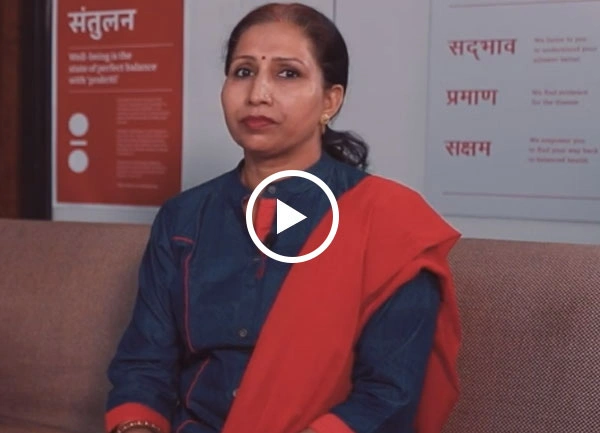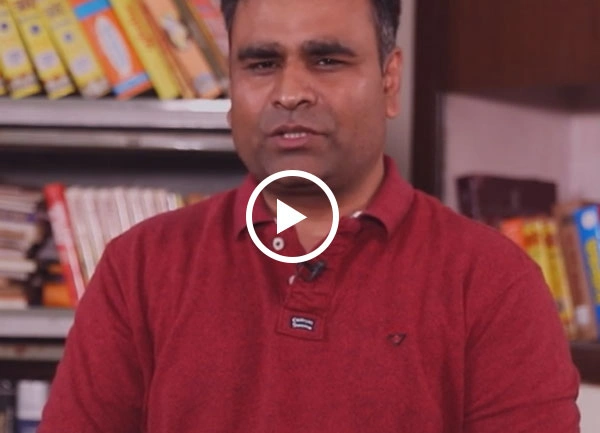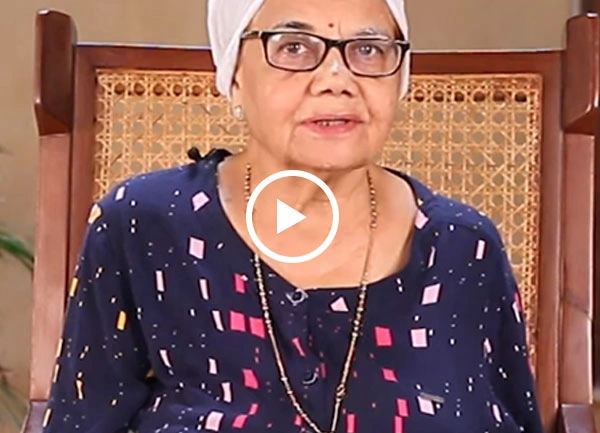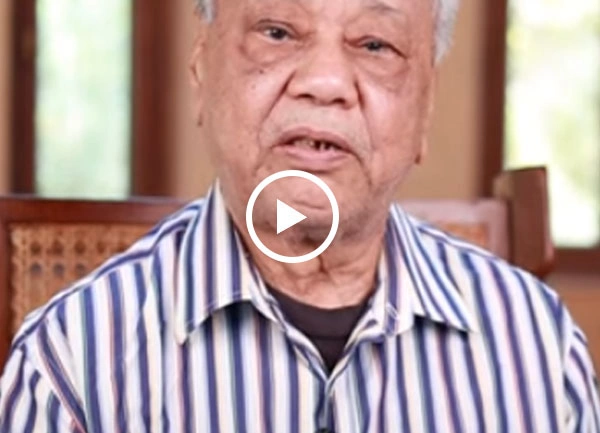

Successful Treatments
Clinics
Doctors
What is Dysphagia?
In the medical dictionary, dysphagia is the terminology used for the difficulty of swallowing. This symptom results from several causes - structural abnormalities, neurological problems, or dysfunctional muscles. Symptoms can range from mild discomfort to severe pain and can impact the quality of life by making eating and drinking challenging. Ayurveda aims at the root cause of the disease and gives good remedies against this symptom as well as improvement in swallowing functions.
Symptoms
Difficulty Swallowing
There are complaints from patients regarding food or liquids being stuck in the throat or chest. These sensations may lead to apprehension during feeding. This feeling can occur with solids, liquids, or both and may be due to muscle weakness or obstruction in the esophagus.
Pain While Swallowing
This is odynophagia, the sensation of an ache or sharpness while swallowing. This could be because of inflammation or irritation of the esophagus, which might be linked to GERD or esophagitis. Pain can cause the fear of eating, hence leading to unintentional weight loss.
Regurgitation
A regurgitation can be defined as the sensation of the food that has reversed its direction and moved back up the throat or, based on positioning, into one's mouth once the food was initially swallowed. It can be very embarrassing and uncomfortable. Regurgitation may be indicative of various underlying causes, including reflux disease or esophageal obstruction.
Risk Factors for Dysphagia
Several factors may contribute to the development of dysphagia:
Neurological Conditions: The neurological conditions include a stroke, Parkinson's disease, and multiple sclerosis which may interfere with the nerve signals going on to control the swallowing process such that the muscles involved in the process become weaker, ailing them to ensure that food goes to the stomach.
Age: As it ages, its muscle strength and coordination, among other aspects, are naturally deteriorating. Therefore, individuals with old age will also have some conditions, including dementia, that will make swallowing complicated.
Gastroesophageal Reflux Disease (GERD): The cases often lead to acid reflux in the patients, resulting in chronic inflammation of the esophagus, which is sore and sometimes a feeling that food cannot move down. This over time causes some structural changes in the esophagus that may affect dysphagia.
Structural Abnormalities: The esophagus is narrowed by structures, tumours, or an enlarged thyroid, preventing the passage of food. These anomalies result from chronic inflammation, cancer, or other diseases.
Ayurvedic Treatment for Dysphagia
Ayurveda primarily focuses on rebalancing the three doshas -Vata, Pitta, and Kapha- while also promoting ideal digestive health and function. Ayurvedic medicine often utilizes treatments such as herbal remedies, detox therapies, and lifestyle modifications to treat dysphagia and overall well-being.
Herbal Remedies for Dysphagia
Ginger (Zingiber officinale): High in anti-inflammatory and antioxidant effects, this herb is also used to reduce irritation and discomfort in the throat when swallowing. The process of digestion is also stimulated through the herb; therefore, nausea that might be associated with swallowing difficulties could be relieved. Its warming effects increase blood flow in the digestive tract, thus making it easier to swallow.
Triphala: This Ayurvedic preparation consists of three fruits: Amalaki or Indian gooseberry, Bibhitaki or Terminalia bellirica, and Haritaki or Terminalia chebula. Triphala promotes healthy digestive system functioning as it helps in regular bowel movements and also detoxifies the body. It has anti-inflammatory effects as well that can be effective in the dissipation of swellings in the throat and esophagus, hence making swallowing easier. Also, its mild laxative feature helps to maintain the balance in one's digestive health.
Licorice (Glycyrrhiza glabra): This is used for its softening action. As a demulcent, it forms a protective layer and smooths the throat, thus making it easier to swallow. It hydrates the throat as well as the digestive tract, which hence makes one swallow easily. It is also an anti-inflammatory agent and hence is good for people who experience irritation in the throat.
Panchakarma and Detox Therapies
Virechana (Purgation Therapy): A purification therapy helping cleanse the body of excessive Pitta that inflames and troubles the gut. Because it balances the digestive fire (Agni), patients who are suffering from swelling and difficulty in swallowing due to inflammatory disease are relieved by this treatment. This treatment utilises herbal concoctions which purges toxins and improves digestive health.
Nasya (Nasal Therapy): In nasal therapy, herbal oils or powders are injected into the nostrils. This treatment is supposed to decrease inflammation and improve overall conditions of throat and respiratory health. Nasya would help with relief from nasal congestion, which could be a minor cause of dysphagia. The oils used in Nasya treatment can heal the throat and make swallowing an easier process.
Abhyanga (Oil Massage): Abhyanga is a therapeutic oil massage and is quite effective for patients suffering from dysphagia. Gentle massage in the neck and throat area helps to increase blood circulation, relaxes muscles of swallowing, and reduces tension. Abhyanga has been known to bring relaxation, facilitating one to swallow and digest food.
Diet and Lifestyle Changes for Dysphagia
Dietary and lifestyle changes also play a key role in maintaining dysphagia. The following diets are followed:
Foods to Include:
Warm Soups and Broths: This is easier to swallow and allows for hydration.
Soft, Easily Digestible Foods: Foods such as mashed potatoes, smoothies, and pureed vegetables can ease swallowing.
Herbs and Spices: Incorporating ginger, turmeric, and fennel can enhance digestion and alleviate discomfort.
Foods to Avoid:
Hard, Crunchy Foods: These types of foodstuffs can create a risk of choking and are hard to swallow.
Spicy and Acidic Foods: Foods that irritate the throat should be avoided as well.
Dry Foods: Dryness in the mouth is only going to make the act of swallowing much harder.
Exercise and Yoga for Dysphagia
Certain exercises and yoga postures can aid in improving swallowing and overall digestive health. Some beneficial practices include:
Neck and Jaw Exercises: Neck and jaw exercises include gentle stretching and movement exercises for the neck and jaw to strengthen the muscles involved in swallowing. Simple exercises, like opening and closing the mouth, moving the jaw side to side, or gently tilting the head, can enhance muscle coordination and function.
Pranayama (Breathing Exercises): Techniques such as Alternate Nostril Breathing (Anulom Vilom) may increase oxygen flow into the body, release relaxation responses, and also improve overall digestive health. Such exercise is calming of the nervous system and can reduce the anxiety caused when one develops difficulty swallowing.
Gentle Yoga Poses: Gentle stretches stimulate digestion and further coordinate the muscles in the throat while holding poses like Cat-Cow. There are gentle stretches involving the region of the throat that promote blood supply to enhance muscle flexibility, which works towards an effective mechanism of swallowing.
Dysphagia treatments at Jiva Ayurveda address complete proper remedies to treat the condition. Our treatment strategy includes herbs that have been in use for centuries, detox therapies from Panchakarma, and lifestyle modification that facilitates easy swallowing and maintains intestinal health. Experience the refreshing effects of Ayurveda and improvement in your well-being. Book an appointment today and take the first step toward better health!
FAQs
Management involves dietary modifications, herbal remedies, and therapies to improve swallowing. Staying hydrated and avoiding foods that irritate the throat are crucial in prevention.
Ayurvedic treatment focuses on holistic healing and addressing the root cause of dysphagia, whereas conventional treatment often focuses on symptom management through medications and therapies.
The 4 stages of dysphagia include:
Stage 1: Pureed foods.
Stage 2: Soft foods.
Stage 3: Regular texture foods that are easy to chew.
Stage 4: Normal foods, requiring more chewing and coordination.
With appropriate treatment and lifestyle adjustments, dysphagia can often be effectively managed and improved, though some underlying conditions may require ongoing care.
Diagnosis typically involves a physical examination, patient history, and imaging studies like a barium swallow test or endoscopy to assess the swallowing mechanism and identify any obstructions.
A dysphagia care plan typically includes dietary adjustments, specific swallowing exercises, and regular monitoring by healthcare professionals to ensure safe eating practices.
Dysphagia treatment exercises often involve muscle strengthening techniques for the throat and tongue, as well as swallowing practice to improve coordination and safety during eating.
Top Ayurveda Doctors
Our Happy Patients
Home Remedies
- कैविटी और दाँतों की सड़न के लिए आयुर्वेदिक इलाज – बिना दर्द राहत पाएं
- आँखों में जलन या ड्राईनेस का आयुर्वेदिक इलाज - मुफ़्त परामर्श
- कान दर्द का घरेलू इलाज | आयुर्वेदिक नुस्खे जो तुरंत असर करें
- गले में दर्द और खराश? ये घरेलू नुस्खे देंगे तुरंत आराम
- Home Remedies for Tonsils
- Home Remedies for Throat Infection
- Home Remedies for Dry Eyes
- Home Remedies for Ear Pain
Related Disease
- Ayurvedic Treatment for Cataract
- Ayurvedic Treatment for Conjunctivitis
- Ayurvedic Treatment for Epistaxis
- Ayurvedic Treatment for Tonsillitis
- Ayurvedic Treatment for Stye
- Ayurvedic Treatment for Glaucoma
- Ayurvedic Treatment for Colloid Goitre
- Ayurvedic Treatment for Myopia
- Hearing Loss Treatment in Ayurveda
- Ayurvedic Treatment for Halitosis
- Ayurvedic Treatment for Pyorrhoea
- Ayurvedic Treatment for Tinnitus
- Ayurvedic Treatment for Dysphagia
- Ayurvedic Treatment for Presbyopia
- Ayurvedic Treatment for Astigmatism
- Ayurvedic Treatment for Nasal Polyps
- Ayurvedic Treatment for Adenoids
- Ayurvedic Treatment for Mumps
- Get Ayurvedic Treatment for Pharyngitis
Latest Blogs
- Surgery के बाद कमज़ोरी, Dopamine कम और Immunity गिर गई थी—Ayurveda ने कैसे फिर से ताकत दी
- 85 से 115 KG तक अचानक बढ़ा वज़न—Thyroid, Fatty Liver और Kidney Stone में Ayurveda ने कैसे संभाली हालत
- PCOD Success Story: जब दवाइयाँ काम न करें, Ayurveda दिखाता है असली रास्ता
- लंबे समय तक बैठकर काम करने से बढ़ा Lower Back Pain—10 दिन के Panchakarma ने कैसे दिया आराम
- सालों की Acidity, Gas और Joint Pain—Ayurveda ने 3 महीनों में कैसे दी राहत
- Knee Replacement से पहले रुकिए! Ayurveda ने कैसे रोका Operation और दिया प्राकृतिक राहत
- गंभीर Jaundice के बाद शुरू हुआ तेज़ Joint Pain—Ayurveda ने सिर्फ 4 महीनों में कैसे दी राहत
- Skin Allergy और Fungal Infection ने रातों की नींद छीन ली थी—Ayurveda ने कैसे दी गहरी राहत
- बार-बार होने वाली खाँसी, ज़ुकाम और साँस की दिक्कत—Ayurveda ने कैसे तोड़ी ये Chronic Cycle
- 10.6 से 6.2 तक की गिरावट—Ayurveda ने Diabetes Management में कैसे दिखाई ताकत
- Disk Bulge की वजह से चलना बंद हो गया था—Ayurveda ने कैसे दोबारा खड़ा होने की ताकत दी
- High Diabetes रिपोर्ट ने डरा दिया था—Ayurveda ने बिना आजीवन औषधियाँ के दिखाया नया रास्ता
- 65 की उम्र में भी नींद नहीं आती थी—जीवा आयुर्वेद की Video Consultation ने कैसे दी सुकूनभरी नींद
- Migraine ने पढ़ाई और काम दोनों रोक दिए थे—Personalised Ayurvedic Treatment ने कैसे बदली ज़िंदगी
- खड़े रहना मुश्किल, हाथ सुन्न, लगातार दर्द—Ayurveda ने कैसे बदली Arthritis की कहानी
- 28-Year-Old की Struggle: Skin Problems से लेकर Psoriasis Relief तक की Ayurvedic Journey
- 100 दिनों में Diabetes Reverse! Ayurveda ने कैसे 8.5 से 5.5 तक गिराया HbA1c
- सालों पुराने Knee Pain में Painkillers भी हार गए—Ayurveda ने कैसे दिलाया सच्चा आराम
- 74 साल की उम्र में भी Osteoporosis Pain से मिली राहत—Ayurveda ने कैसे बदली ज़िंदगी
- जब चलना मुश्किल हो जाए और डॉक्टर Operation कहें—Jivagram का Ayurveda कैसे बदल देता है ज़िंदगी
Ayurvedic Doctor In Top Cities
- Ayurvedic Doctors in Bangalore
- Ayurvedic Doctors in Pune
- Ayurvedic Doctors in Delhi
- Ayurvedic Doctors in Hyderabad
- Ayurvedic Doctors in Indore
- Ayurvedic Doctors in Mumbai
- Ayurvedic Doctors in Lucknow
- Ayurvedic Doctors in Kolkata
- Ayurvedic Doctors in Patna
- Ayurvedic Doctors in Vadodara
- Ayurvedic Doctors in Ahmedabad
- Ayurvedic Doctors in Chandigarh
- Ayurvedic Doctors in Gurugaon
- Ayurvedic Doctors in Jaipur
- Ayurvedic Doctors in Kanpur
- Ayurvedic Doctors in Noida
- Ayurvedic Doctors in Ranchi
- Ayurvedic Doctors in Bhopal
- Ayurvedic Doctors in Ludhiana
- Ayurvedic Doctors in Dehradun


